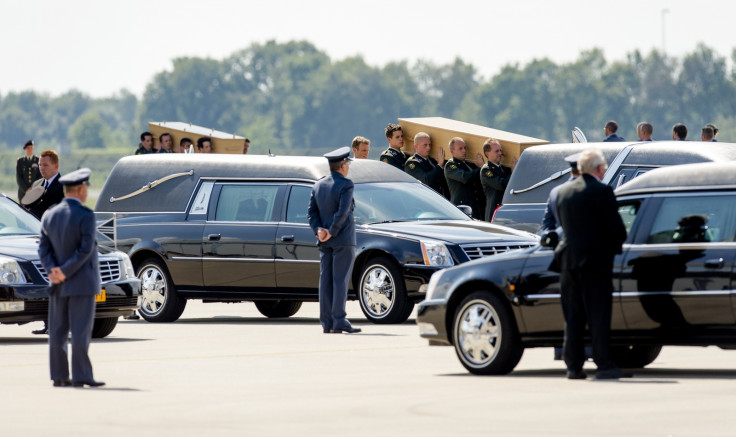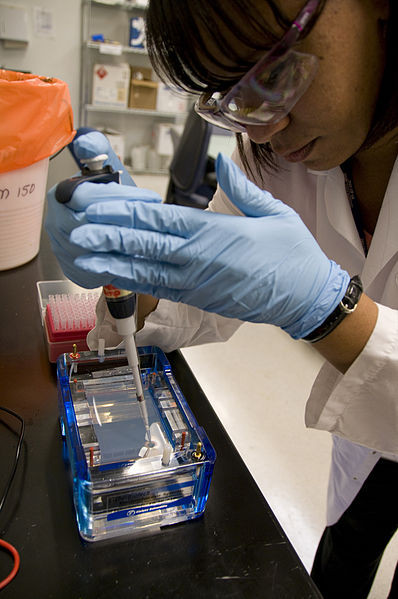Malaysia Airlines Flight MH17: DNA-Matching Robot Identifies Victims From Over 600 Body Parts

International experts from the Dutch National Forensics Investigations Team have been using a special automated robot system to speed up the identification of victims from the Malaysia Airlines MH17 plane crash, which occurred in July.
On Friday 15 August, the Dutch government announced it had so far only managed to positively identify 127 people out of the 298 victims who perished in the crash.
Of this number, 86 victims were Dutch, and the remaining 41 people were from 10 other nations that had citizens on the flight.
Identifying the victims from more than 600 body parts and remains discovered at the crash site in Ukraine is proving to be a challenge for the team of 100 specialists who are working at a military base in Hilversum, south east of Amsterdam.
The specialists use a variety of methods, including examining fingerprints and dental records, as well as DNA testing, to create DNA profiles that will help them identify the MH17 victims.
The DNA puzzle
The Netherlands has long been an international leader in forensics science and Dutch non-profit government agency the Netherlands Forensic Institute (NFI) has been tasked with matching DNA samples from relatives of the victims.
The process of creating a DNA profile of a person is complex and requires several processes, including screening a sample, extracting DNA, quantitating the DNA, amplifying certain parts of the DNA and electrophoresis to separate protein molecules in the DNA.
Each process can take between a few hours to several days to complete, with DNA samples usually taken from bone or muscle tissue. And once the DNA profile is complete, investigators still need to compare the profiles to living relatives.
It is often faster to use fingerprints or dental records to determine a victim's identity, and the FBI is assisting the investigation by providing fingerprinting experts.

Bonaparte
To speed up the DNA matching process, NFI is using Bonaparte, a special robot disaster victim identification (DVI) system programmed to identify victims of large-scale disasters in a short space of time using big data.
Bonaparte was deployed to identify victims of the 2010 Afriqiyah Airways crash in Tripoli, in which 103 people perished. The system was able to cut the time taken to identify the victims down from three months to three weeks.
"Linking victims with their closest relatives instead of their own DNA is much more difficult since they share some of their DNA but not all. In the case of mass disaster this is complicated further because complete families sharing their DNA can be involved," the NFI writes in a Bonaparte brochure.
"In the case of a few victims this can be done easily by the hand of a DNA professional. In the case of mass disaster with over 100 victims or maybe an even larger number of body remains,
matching by hand is an unfeasible task. It is not possible to check for all the combinations in a timely manner, let alone do a check for consistency and errors."
According to the NFI, Bonaparte uses state-of-the-art mathematical probabilistic methods to quickly compare the DNA profiles from the body parts against other remains, as well as comparing DNA samples from relatives and data from international DNA databases to find "pedigree matches", such as against partial and full family trees.
"The time for uncertainty had to be minimised and the chances for wrong matches had to be brought back to a minimum," institute spokeswoman Eef Herregodts told Nextgov.
"By using an automated system, human error has been eliminated. The only manual step in the process consists of entering the data of the DNA profiles."
© Copyright IBTimes 2025. All rights reserved.






















